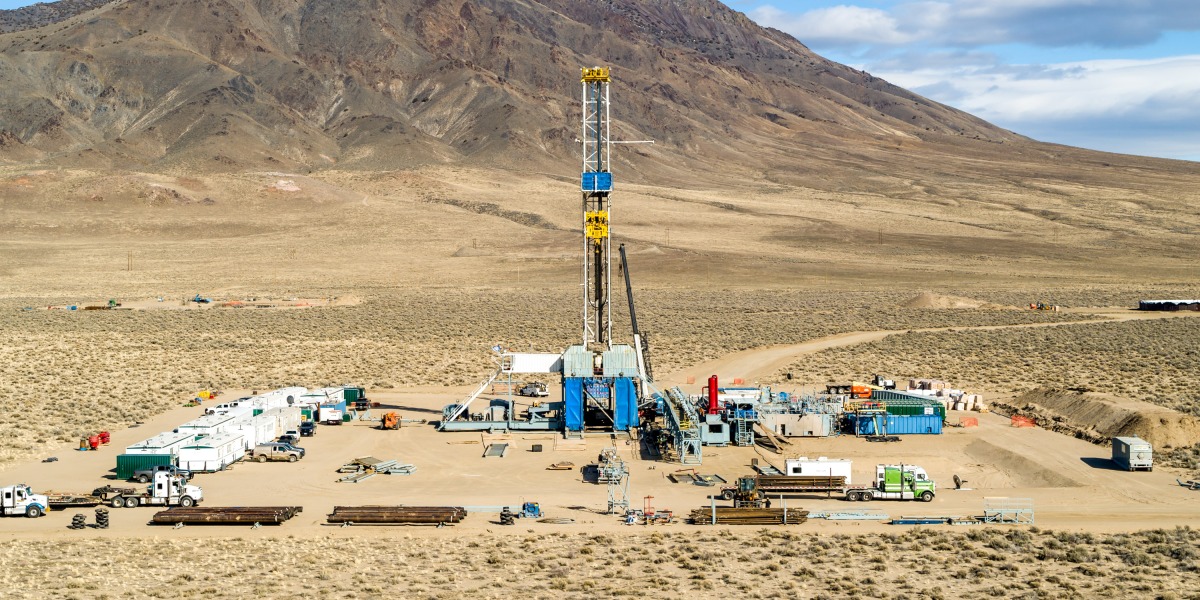
The crust stretched, thinned, and broke into blocks that tilted, forming mountains on the high side while filling in and flattening the basins with sediments and water, as John McPhee memorably described it in his 1981 book, Basin and Range. From a geothermal perspective, what matters is that all this stretching and tilting brought hot rocks relatively close to the surface.
There’s much to love about geothermal energy: it offers a virtually limitless, always-on source of emissions-free heat and electricity. If the US could capture just 2% of the thermal energy available two to six miles beneath its surface, it could produce more than 2,000 times the nation’s total annual energy consumption.
But because of geological constraints, high capital costs and other challenges, we barely use it at all: today it accounts for 0.4% of US electricity generation.
To date, developers of geothermal power plants have largely been able to tap only the most promising and economical locations, like this stretch of Nevada. They’ve needed to be able to drill down to porous, permeable, hot rock at relatively low depths. The permeability of the rock is essential for enabling water to move between two human-drilled wells in such a system, but it’s also the feature that’s often missing in otherwise favorable areas.
Starting in the early 1970s, researchers at Los Alamos National Laboratory began to demonstrate that we could engineer our way around that limitation. They found that by using hydraulic fracturing techniques similar to those now employed in the oil and gas industry, they could create or widen cracks within relatively solid and very hot rock. Then they could add in water, essentially engineering radiators deep underground.
Such an “enhanced” geothermal system then basically works like any other, but it opens the possibility of building power plants in places where the rock isn’t already permeable enough to allow hot water to circulate easily. Researchers in the field have argued for decades that if we drive down the cost of such techniques, it will unlock vast new stretches of the planet for geothermal development.
A noted MIT study in 2006 estimated that with a $1 billion investment over 15 years, enhanced geothermal plants could produce 100 gigawatts of new capacity on the grid by 2050, putting it into the same league as more popular renewable sources. (By comparison, about 135 gigawatts of solar capacity and 140 gigawatts of wind have been installed across the US.)
“If we can figure out how to extract the heat from the earth in places where there’s no natural circulating geothermal system already, then we have access to a really enormous resource,” says Susan Petty, a contributor to that report and founder of Seattle-based AltaRock Energy, an early enhanced-geothermal startup.
